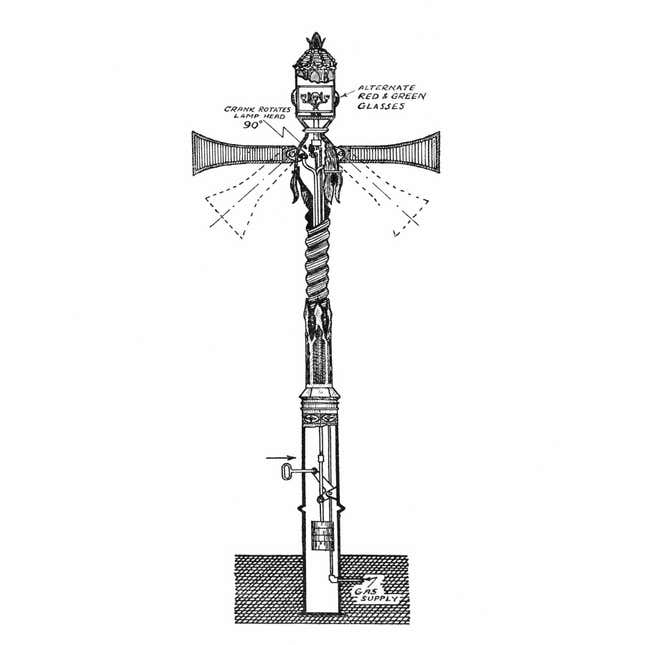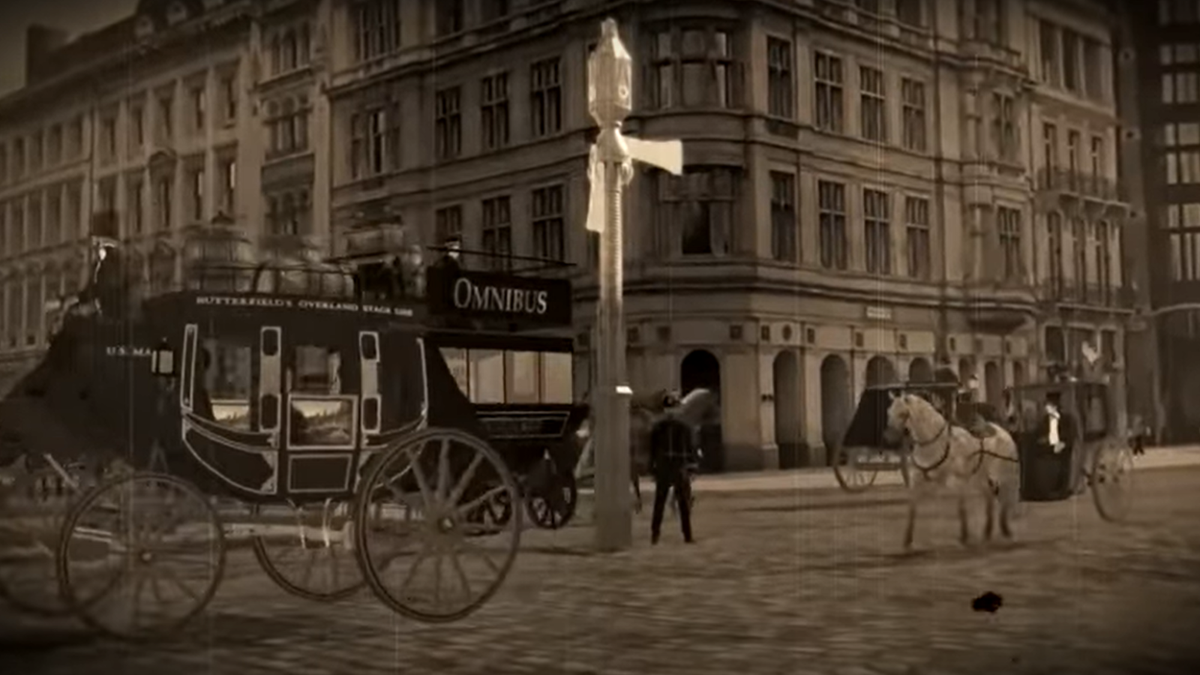In almost every country in the world, you’ll find traffic lights when you’re driving around. These towers of red, green and orange lights tell you when to go, when to stop and when to let pedestrians cross. But did you know the first traffic signals ever used were deadly lamps that could explode and kill the police officers operating them?

The first ever traffic light system was installed in central London way back in 1868 and it used a similar system to rail signals, which were already commonplace. As such, it packed in a couple of flag-like arms and a red and green lamp to tell horse-drawn carriages when they could and couldn’t go, reports British magazine Look and Learn.
To illuminate the lamps in the rudimentary traffic signals, their designer John Knight fitted gas-powered lamps to the first unit he installed in Westminster outside the Houses of Parliament. As Look and Learn explains:
To start with, drivers found the new signals very confusing and they were resentful about its being installed. London drivers had the reputation at that time of being as truculent and aggressive as London pedestrians had been a short time before. (When hackney-coaches were first introduced there were many accidents simply because pedestrians, jealous of their rights, refused to give them passage and let them through.)
Unfortunately, Knight’s traffic lights had only been working for a short time when they blew up, killing an unlucky policeman, and the experiment was short-lived.
However, while the first attempt didn’t go all too well, the need for traffic signals only increased as more and more cars filled the streets of the world. As such, another attempt to get traffic lights off the ground came about in 1914 in Cleveland, Ohio.
Here in the U.S., two-color lights were manually operated by a traffic officer sitting in a lookout tower nearby. They ran on electricity and used a red and green light to control the flow of traffic through the busy city center.
Just four years later, a third light color was added to signals in New York, and within just a couple of decades, the red, orange and green lights that we know and love today had swept the globe. The more you know.

